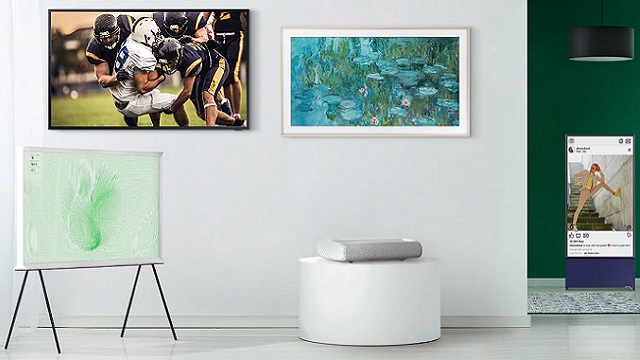A groundbreaking discovery led by Curtin University researchers could revolutionize everyday technology, from enhancing TV screens and medical diagnostics to improving the efficiency of solar panels. The team has developed a method to increase the number of molecules that adhere to the surface of tiny nanocrystals.
Lead author Associate Professor Guohua Jia from Curtin’s School of Molecular and Life Sciences, said the study investigated how the shape of zinc sulfide nanocrystals affected how well molecules, known as ligands, stick to their surface.
Ligands are molecules that bind to other molecules, typically larger ones. This binding interaction is essential for a wide range of biological and chemical processes. Ligands bind to their target molecules through various types of interactions and they play crucial roles in numerous biological and chemical processes.
“Ligands, play an important role in controlling the behavior and performance of zinc sulfide nanocrystals in various important technologies,” Associate Professor Jia said. “In a discovery that could open new possibilities for developing smarter, more advanced devices, our study found flatter, more even particles called nanoplatelets allow more ligands to attach tightly, compared to other shapes like nanodots and nanorods.
Jia explained that by adjusting the shape of these particles the scientists we were able to control how they interacted with their surroundings and make them more efficient in various applications. From brighter LED lights and screens to more efficient solar panels and more detailed medical imaging, the ability to control particle shapes could revolutionize product efficiency and performance.
Associate Professor Jia said the discovery could enhance the performance of devices known as optoelectronics, which either produce light or use light to perform their functions.
“Optoelectronics are important in many modern technologies, including telecommunications, medical devices and energy production,” he said. “The ability to efficiently manipulate light and electricity is central to the advancement of faster, more efficient and more compact electronic systems. This includes LEDs, which convert electricity into light and are used in everything from light bulbs to TV screens as well as solar cells that convert light into electrical energy, powering devices using sunlight.”




